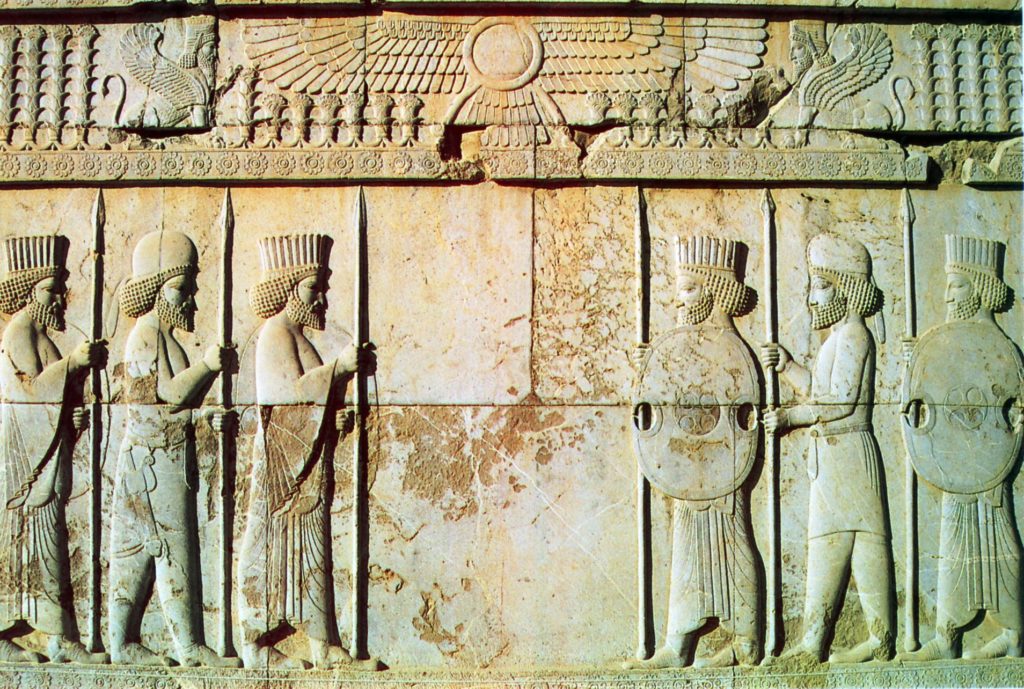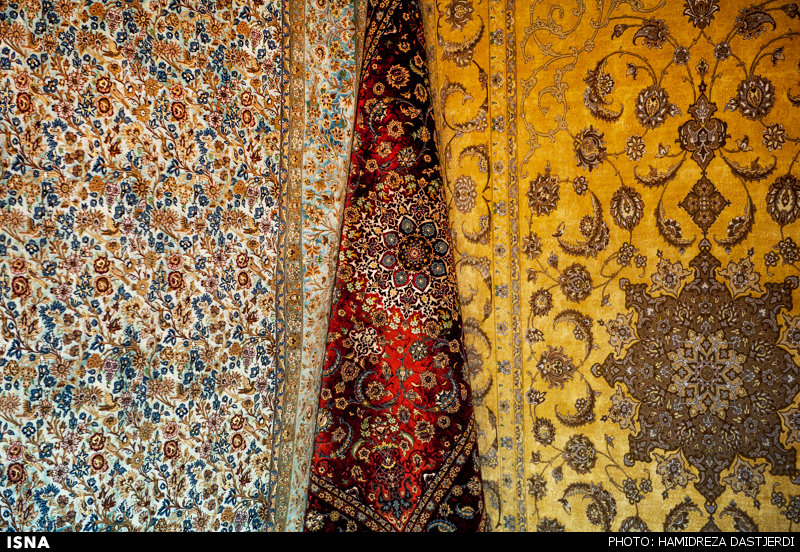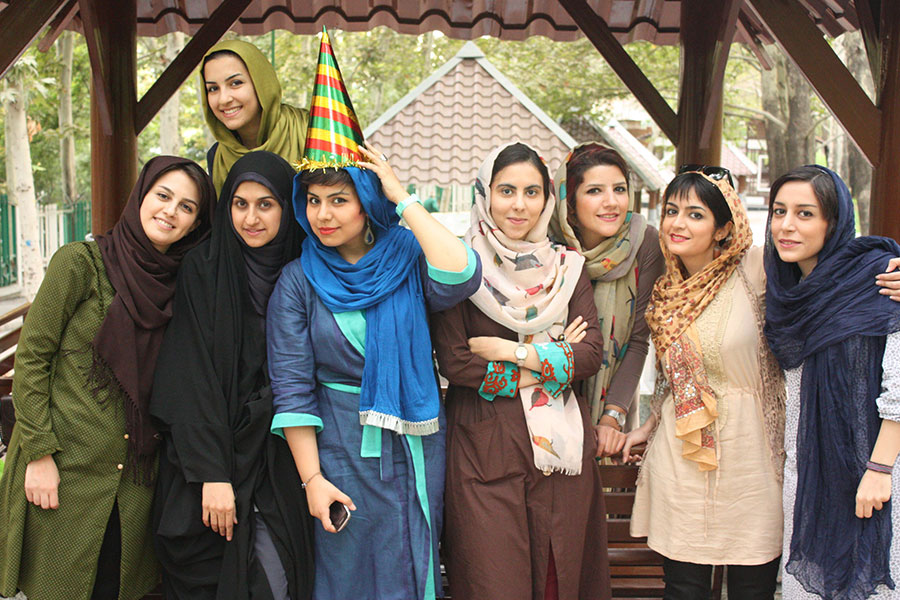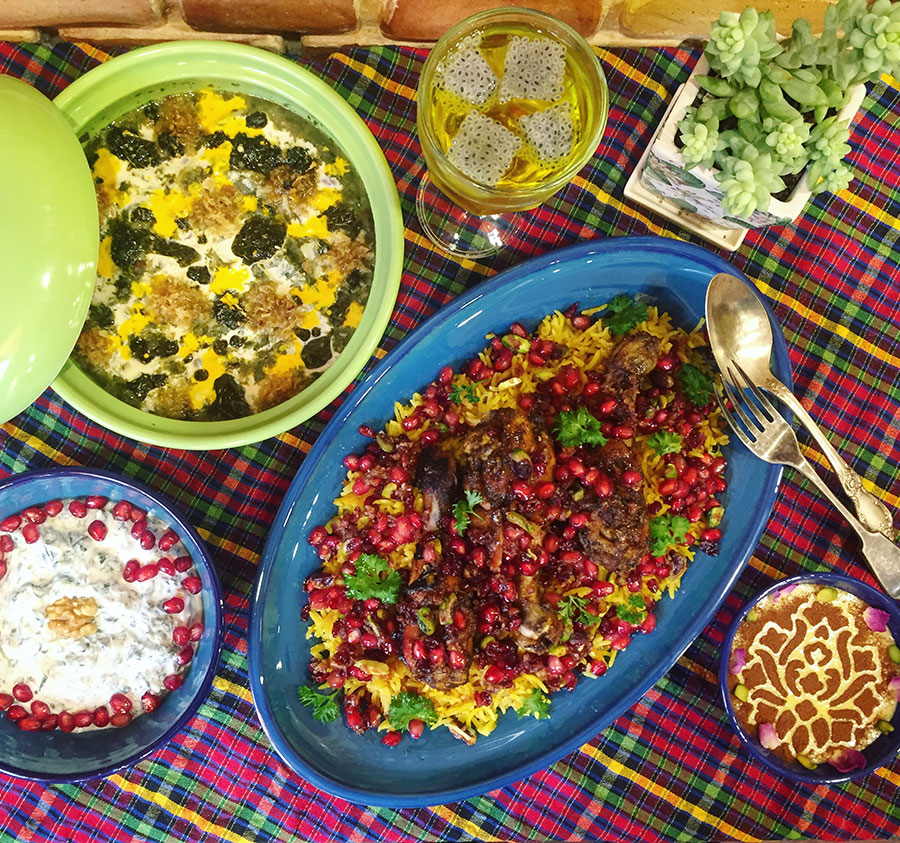
Farsi, the official language of Iran, is historically one of the most prominent languages of the Middle East and extended regions. Iran’s culture is deeply intertwined with its long and rich history, especially from the Persian Empire.
In fact, Persian artifacts can be seen in many leading museums around the world, such as the British Museum and the Louvre. Iran’s society has also been strongly influenced by its neighboring countries, such as Turkey, Afghanistan, Iraq and Turkmenistan.
Art and literature thrived during the Persian Empire and although they have been curtailed by rulers and religious restrictions since, Iranian contemporary art is a proud tradition. There are many talented artists whose works can be seen at the Tehran Museum of Contemporary Art.

Persian Carpet
Much of Iran’s culture is reflective in its handicrafts. The art of carpet-knotting dates back centuries and is an important industry; that is why Persian rugs are internationally known as the most beautiful across the world.
Another key art form is intricate metal and wood work, known as khatamakari or minakari. These handicrafts are still alive and well, and antique versions can be seen in museums while modern substitutes can be purchased at the bazaars. Iran also has a great art heritage visible in architecture, paintings, calligraphy and poetry. This heritage was translated to several languages and influenced many cultures.
The Persian calendar is a solar calendar and government official working days are from Saturday to Wednesday.

Salesman, by Asghar Farhadi
Iranian films are celebrated and internationally acclaimed. The films have won 300 international awards in the past 10 years. The best known Persian directors are Abbas Kiarostami, Majid Majidi, and Asghar Farhadi.
Taarof
The core concept in Persian culture is called Tarof (or taarof). It is based upon acknowledgement of other people. It shows humbleness and respectfulness. For example, it is always polite to let others through a door before you, or say “No, after you.” The word to use in this scenario is ‘shoma befarmayeen’ (please go ahead).

https://www.travestyle.com/
Women
Women are required to wear head scarves as stated in the Quran; this is to demonstrate modesty. Clothing should be loose, up to knee length, with full sleeves, however three-quarter length sleeves are also acceptable. Men can dress in western attire, but it is advised not to wear short shorts or shirts with sleeves that are too short.
Greeting Etiquette
At a social gathering, greet the oldest people first, as age is highly respected.
When greeting people, the universal Islamic salaam should be used. The phrase for leave-taking is khoda hafez – “May God protect you”.
A more formal way of greeting is ‘Salaam, man [your name] hastam. Az didan-e shoma khoshbakhtam!’ This translates to ‘Hello, I am [your name]. Nice to meet you!
The appropriate response is ‘Salamat bashin’ or you can get away with a simple ‘merci’ (a French word, but highly used in Iran, for ‘thank you’).
In formal situations, only shake hands with people of the same gender, whereas informally Iranians kiss on each cheek. After shaking hands, put your right hand on your chest to show respect.
Don’t extend a handshake to a female if you are a male or vice versa. Usually physical contact with the opposite gender is forbidden.
Shaking hands with children is considered very respectable.
In a formal scenario, address people by their title and their last name.
Personal space in Iran is determined by the context, however a good distance between people of the same gender is about one meter, and a good distance between people of the opposite gender should be at least 3 meters.
Visiting Local People
It is customary for Iranians to bring a small gift when visiting an Iranian household or if it’s a special occasion. Sweets and flowers are popular gift choices and always apologies for the inadequacy of the gift (taarof).
Another lesser known fact is that when entering a room, it is customary to say any phrase to announce your arrival. This is particularly important if there are women in the house.
When it comes to etiquette when visiting people, it’s best to keep an eye on your host’s actions and follow suit. For instance, if he leaves his shoes outside the door when entering a room, remove yours at the door as well.

https://persianfoodtours.com/
Dining Etiquette
Iranians take their dinner very seriously and have many customs to go along with it. If you are an important guest, you are most likely to be situated at the head of the table and served first when the food comes out.
Do not forget; when eating, to show respect make sure you finish your food. It is considered rude to leave food on your plate in an Iranian’s home. Another way to show your respect is to try a little from all the dishes served!
Lastly, if you are a vegetarian, Iranian food is probably not for you as meat is in almost every dish, therefore it’s better to say you’re vegetarian in advance so that your host could prepare suitable food for you.
Sorry, the comment form is closed at this time.